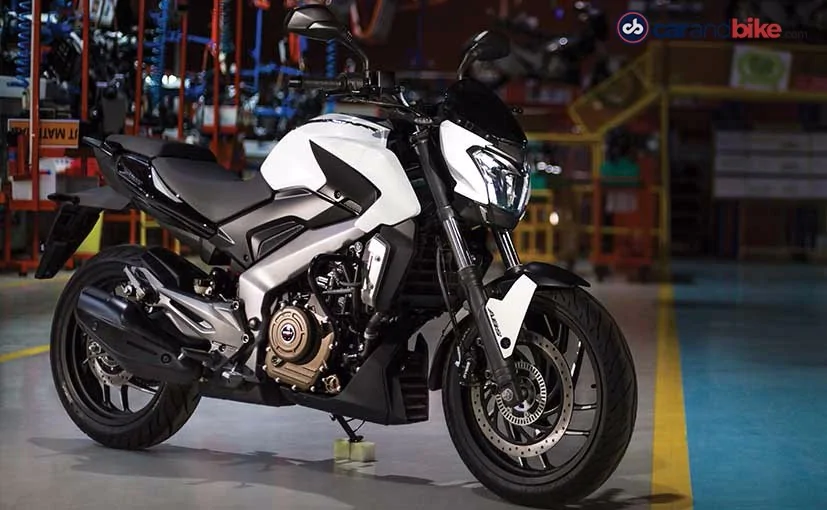Motorcyclists often revel in the sense of freedom the open road grants, but with this liberation comes an undeniable exposure to risk. Injury rates tell a sobering tale; accidents aren’t just a possibility—they’re a chapter in many riders’ stories. Yet, anticipation and education can be powerful guardians.
Understanding common injuries from motorcycle mishaps is not about fostering fear; it’s about preparation (and sometimes, it’s what you know that saves you). Let’s dissect how the right gear can turn a dire event into a survivable one, delve into finer points of safe riding habits, and explore recovery routes that lead back to riding strength.
Armor Against Asphalt: Gear That Guards
So you’ve committed to the two-wheeled thrill. But before twisting the throttle, consider this: your gear is not just about style—it’s your armor. The right helmet can be the difference between a close call and a life-altering injury. A study by Dietmar Otte highlights that 45% of motorcycle helmet impacts occur around the face and chin area, a statistic that full-face helmets address directly.
Leathers aren’t merely for looks either; they’re designed to resist abrasion and shield against road rash. Gloves, boots, and reinforced jackets join the ensemble, forming a protective shell. And with emerging technologies like airbag-equipped vests that deploy upon sensing an imminent crash, riders have innovative options to buffer against bruises—or worse. Investing in quality riding gear isn’t just smart; it’s respecting the ride and valuing what you stand to lose without it.
Navigating the Unseen Bend: Safer Riding Techniques
The twist of a handlebar, the lean into a curve—these are second nature to the seasoned rider. Yet, even veterans know that mastery often lies in restraint and foresight. Defensive riding is an art cultivated through experience but grounded in principle. Keeping a generous following distance cushions you from sudden stops. Being visible—through positioning and even your choice of gear color—can make all the difference on crowded roads (contrast saves lives).
But when the unexpected happens, knowing your rights and next steps is paramount. Post-accident actions can influence recovery outcomes just as much as helmets and airbags do pre-collision. Getting the backing of local legal experts to stand by your side and seek compensation is crucial, so whether that means contacting Indiana motorcycle accident attorneys or equivalent pros in your region, don’t skip this step while also remembering to ride safely.
From Pavement to Full Prowess: The Road to Recovery
Post-accident, time often seems suspended, yet decisions made in these moments can set the tone for recovery. First, prioritize medical evaluation; adrenaline masks pain and injury. Even with no apparent trauma, underlying issues could lurk unseen. Then there’s rehabilitation—a journey not just back to function, but potentially to riding again. It involves physiotherapy tailored to your unique injuries, potentially including chiropractic intervention, and psychological support to rebuild confidence.
And let’s not forget legal due diligence. Documentation is tedious but critical; it’s the scaffold upon which claims and compensations are built (not unlike how our bones support us). Clear records of the accident can smooth your path through insurance negotiations or potential litigation. So while you focus on healing, remember that each step taken after an incident—medical or administrative—is a stitch in the fabric of your recuperation narrative.
In Conclusion
Getting back to full strength following a motorcycle accident is as much about healing as it is about reflection. Safety gear, cautious riding, and diligent post-accident steps form a trinity of rider resilience.
Embarking on the road anew comes with renewed respect for the journey and an appreciation for the measures that guard one’s wellbeing. Ride informed, ride prepared—ride on.


















